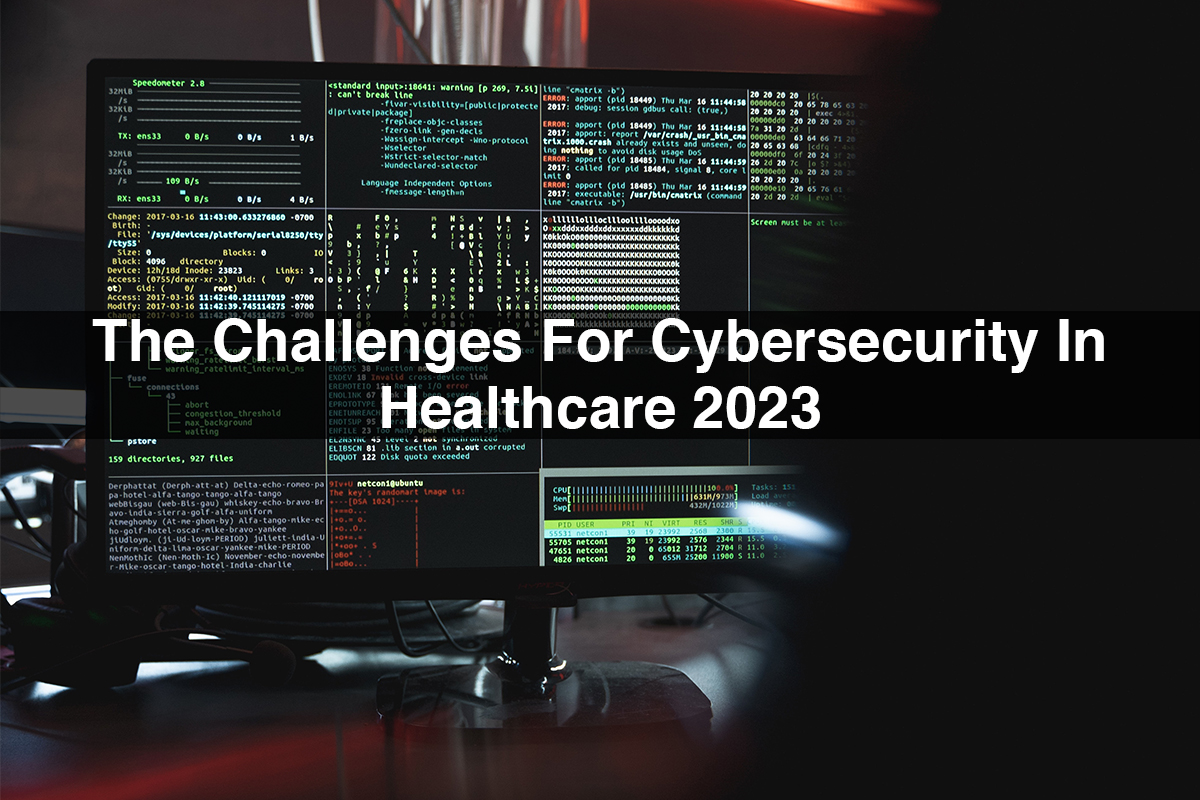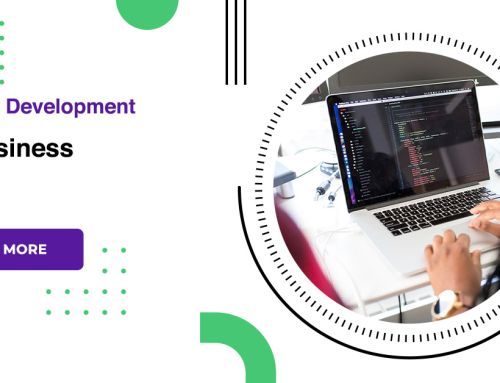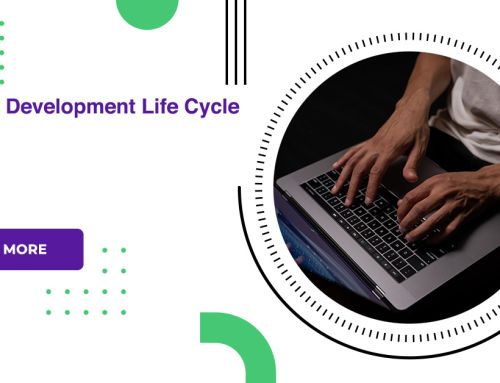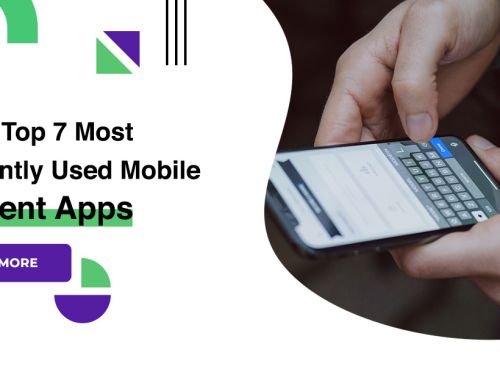The Challenges For Cybersecurity In Healthcare 2023
The health technology Risks 2023 list, which aims to identify potential dangers in the use of medical devices and systems, praised cyber-attacks, followed by supply chain concerns and damaged infusion pumps. Starting with the highest priority concerns, the rankings indicate the need to prioritize stronger, more resilient healthcare systems and practices as organizations continue to recover from pandemic lows.
Cybersecurity in healthcare
Unsecured digital devices
The combination of IoT and big data allows doctors to constantly monitor the cloud and big data. This innovation saves hundreds of lives every day. However, the creators of such devices do not think much about the cyber security of this system. Most IoT cloud and big data services run on standard web browsers and operating systems, making them easy for cybercriminals to exploit. These devices include
- Digital diagnostic test equipment.
- Heart monitors.
- Ultrasonic sensors.
Vulnerable legacy systems
Legacy software is a huge footprint for organizations, but they are ready to maintain it to provide the best service and make more money. This is complete updates are expensive, but will disrupt the usual work flow, which will damage the economy and the overall prestige of the organization.
Lack of IT support
The previous section showed that few organizations keep up with the evolution of healthcare software. An even shorter part, owns a cohesive IT department. Many hospitals lack organization when it comes to managing medical devices.
Healthcare digital transformation and cybersecurity risks
Hackers exploit supply chain vulnerabilities
Healthcare institutions rely on third party vendors to provide seamless service. Malicious actors are increasingly being introduced into hospital networks through third parties. First, hospitals are one of the most lucrative targets for cyber attackers. This is because of the amount of sensitive information that can be accessed in hospital systems, including social security numbers and credit card numbers.
Working model of remote access and cyber threats
Hospitals are digitizing medical records to speed up their processes and provide better patient care. This allows medical professionals and experts to remotely access patient data and provide remote consultations. The remote data access opens the door to various cybersecurity risks.
Mobile technology makes it easier for hackers to launch attacks
Mobile technology has made it easier than ever for hackers to commit cybersecurity crimes against hospitals or other healthcare providers. Cybercriminals have more opportunities than ever before with the wide variety of mobile devices available on the market today that allow them to remotely access medical records and sensitive data stored on hospital networks.
Ransomware will see an increase
Cybercriminals use ransomware to steal your data or hold it hostage and lock you out of your systems. They demand money in exchange for the return of your data or access to your systems. The continued digitization of medical records means that this type of cyberattack will become more common.
Conclusion
With the evolving threat landscape and the rise of phishing, ransomware, unsecured devices and cloud vulnerabilities, healthcare organizations must prepare ahead of time. In addition, healthcare organizations must adhere to stricter government regulations to protect sensitive patient and process information.









